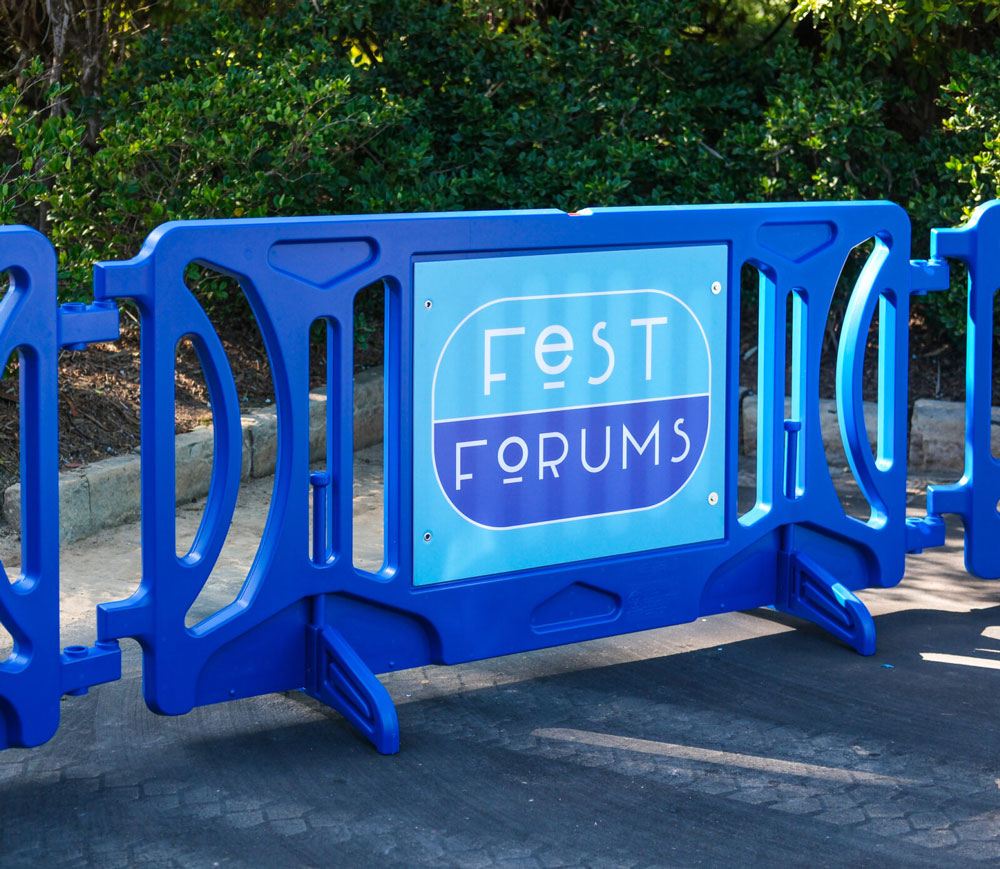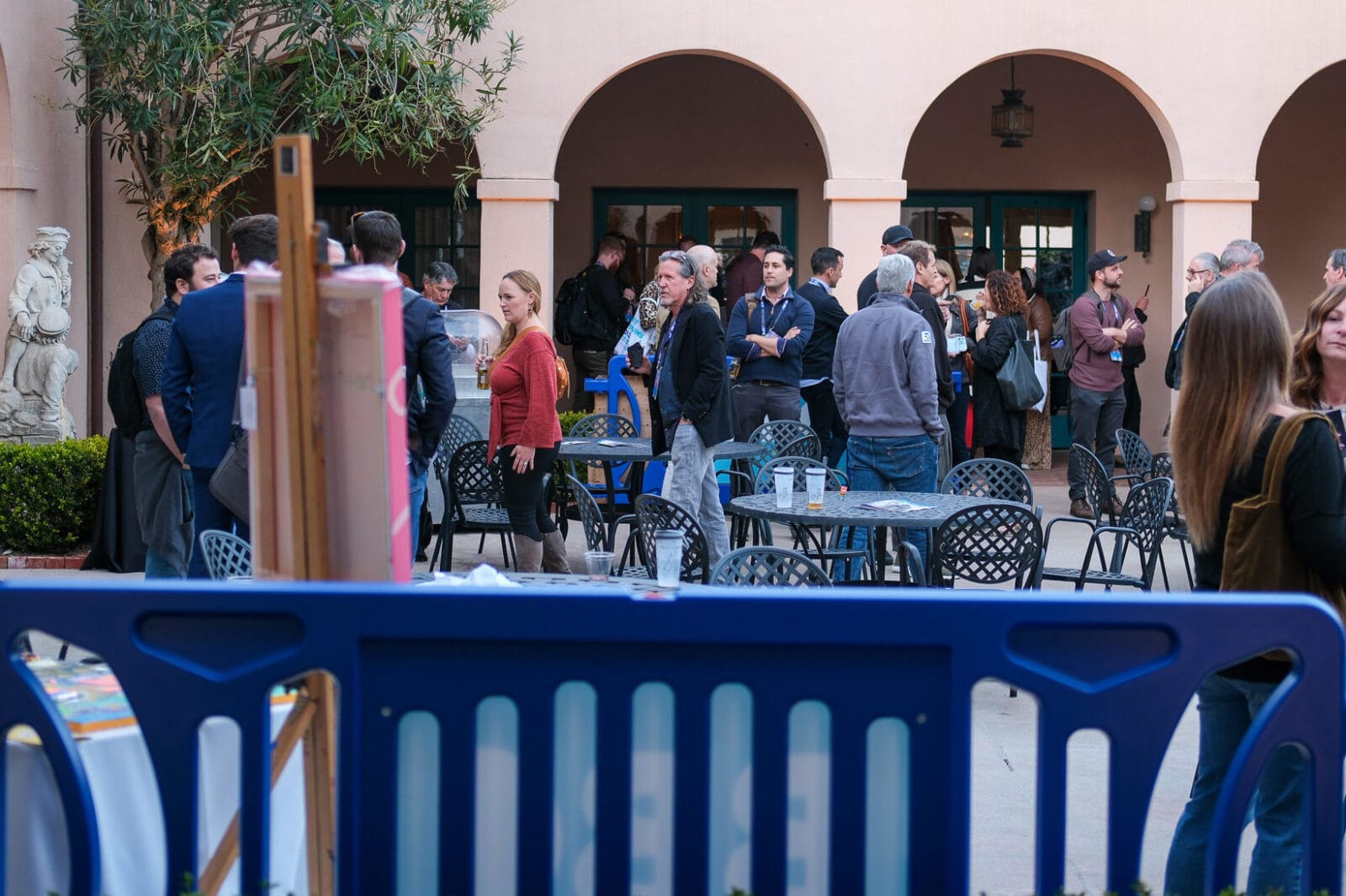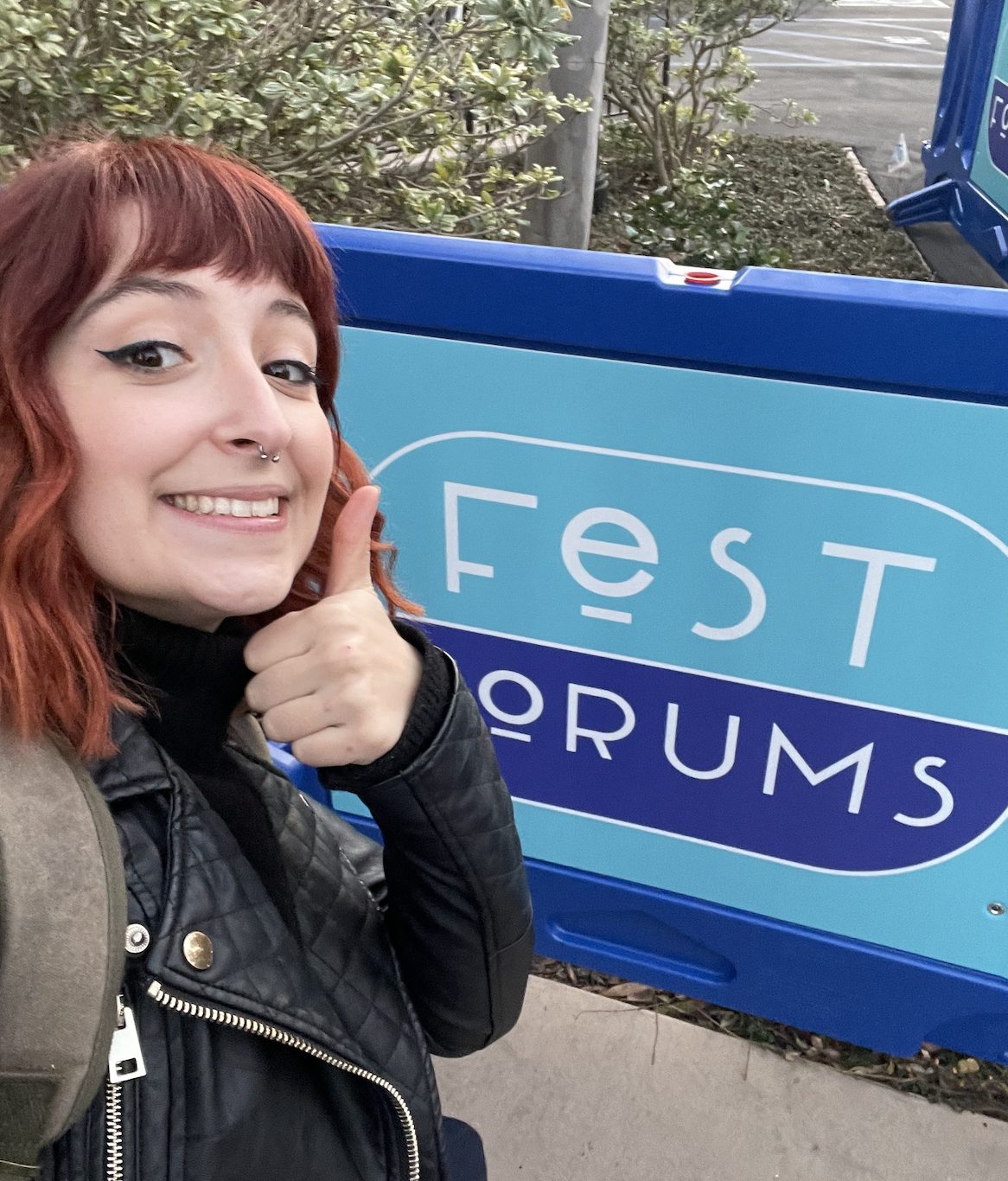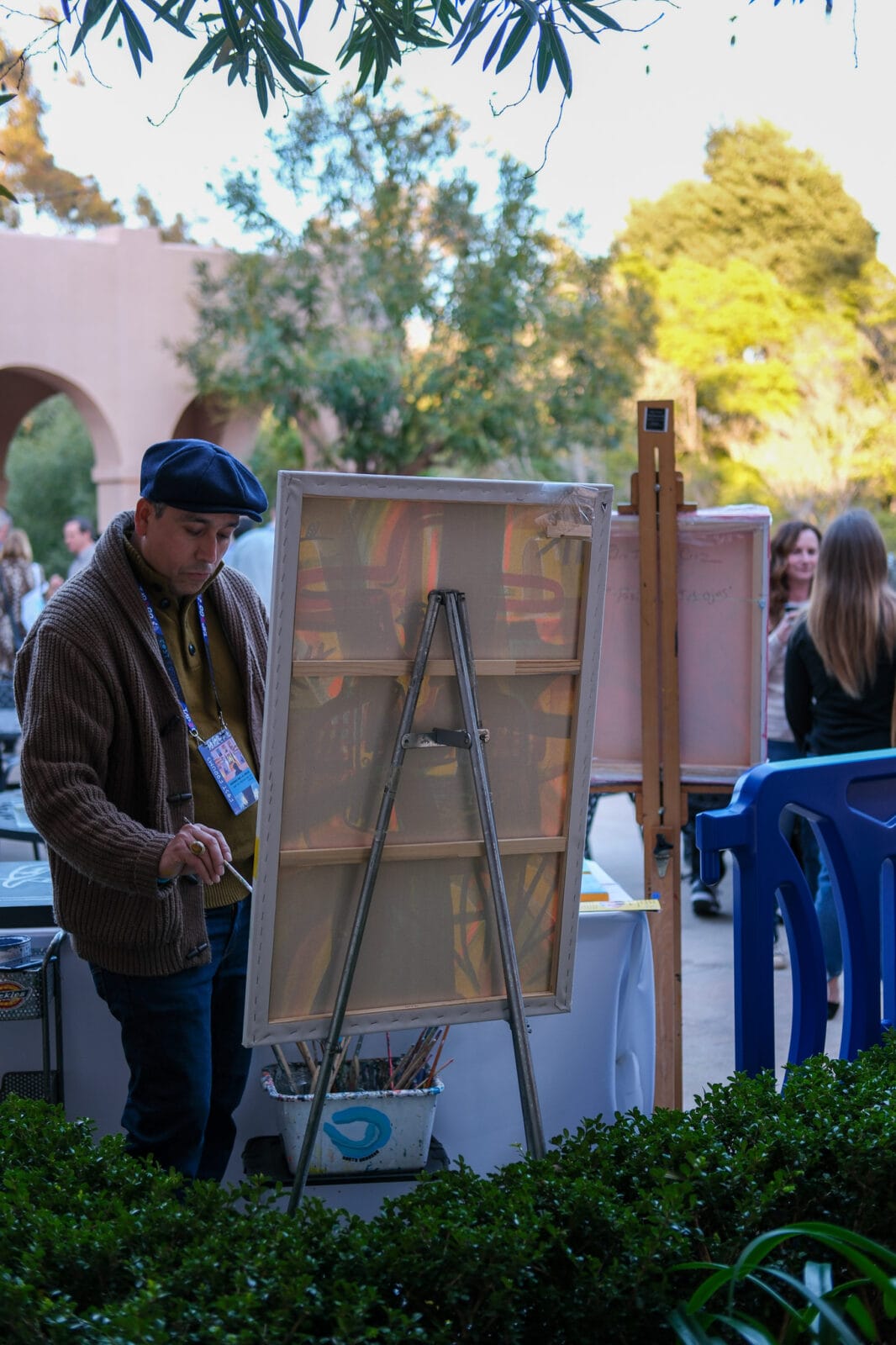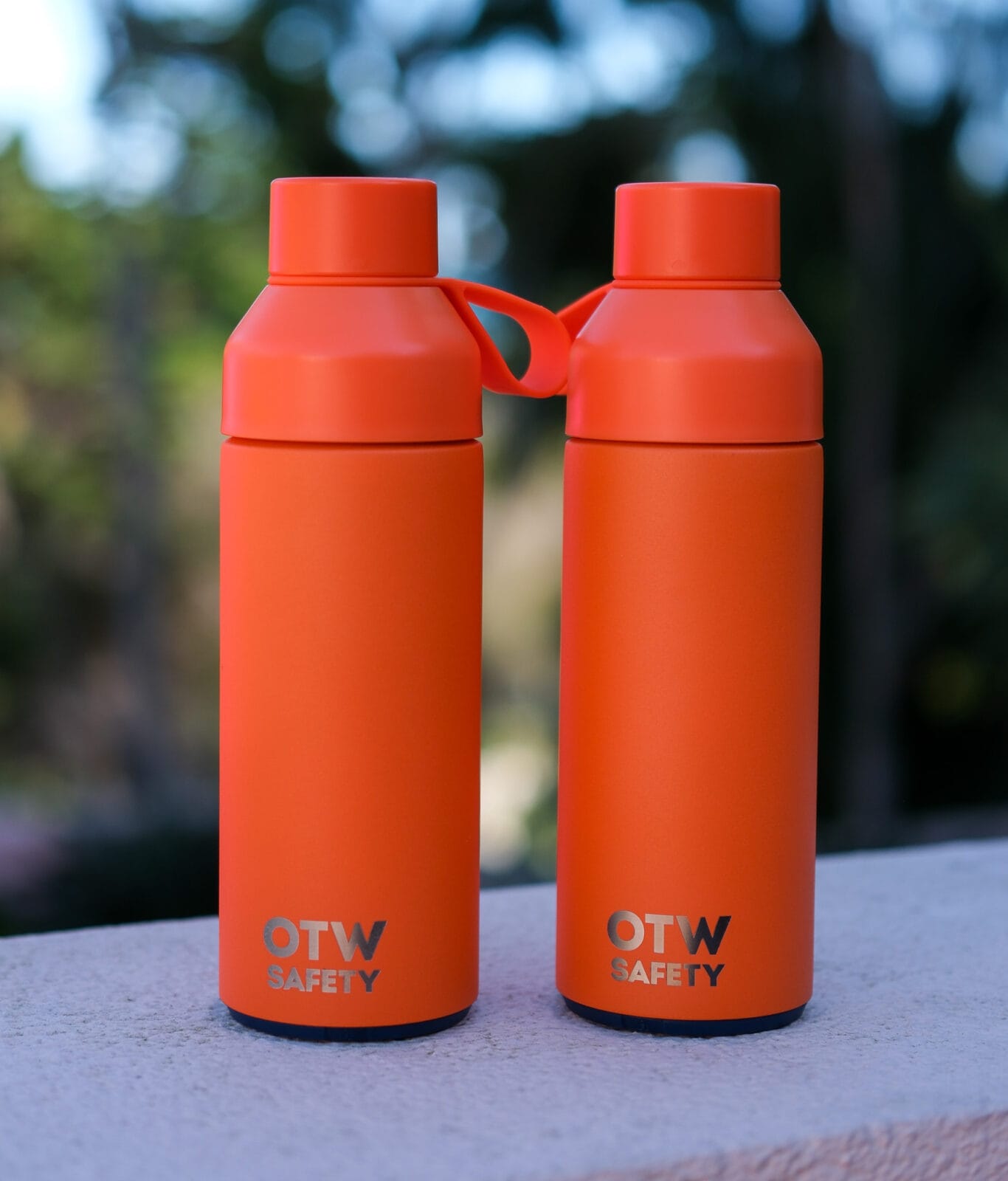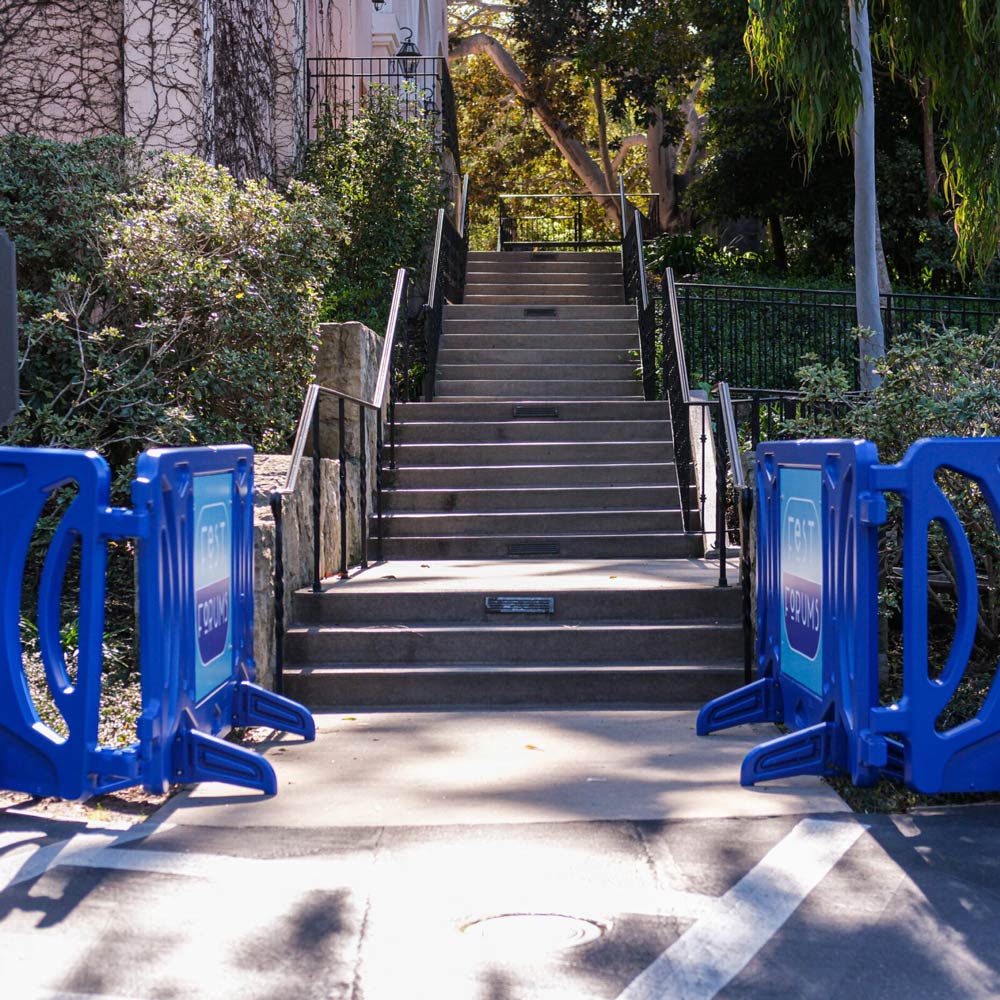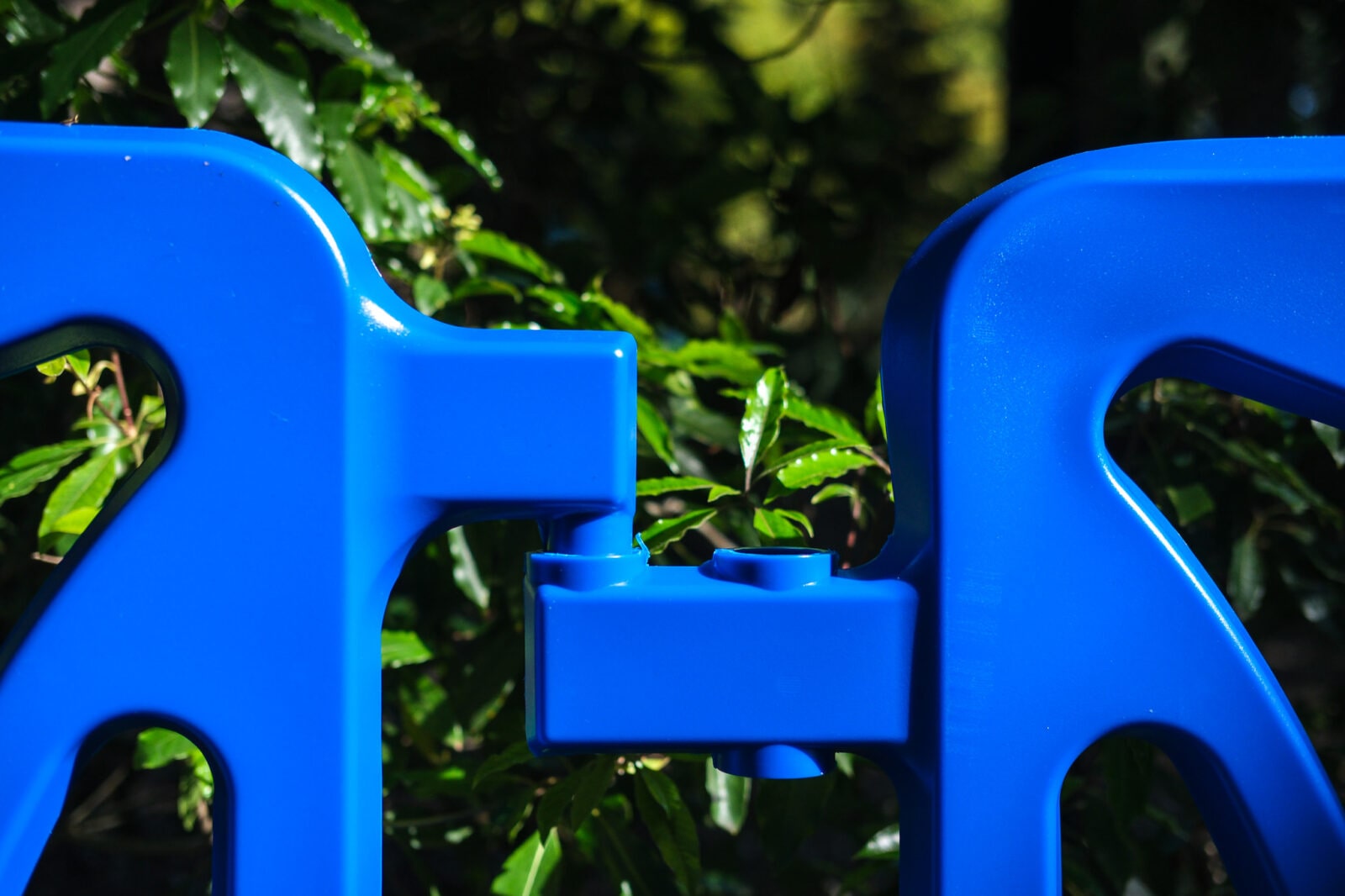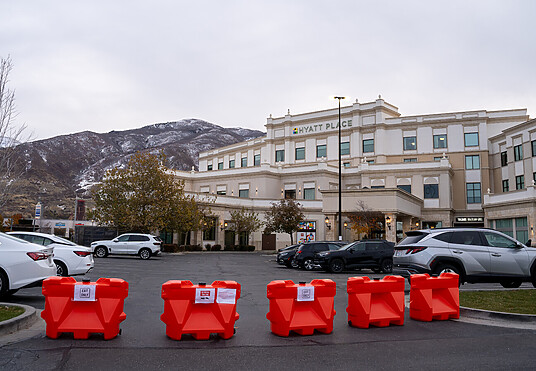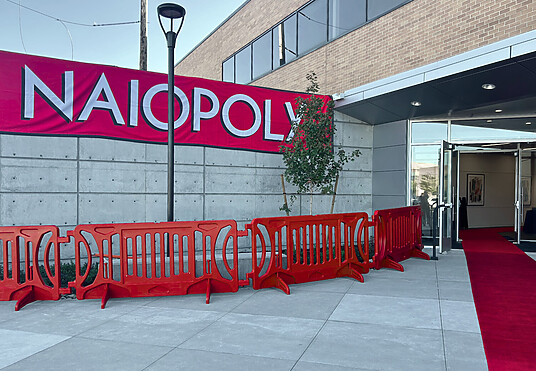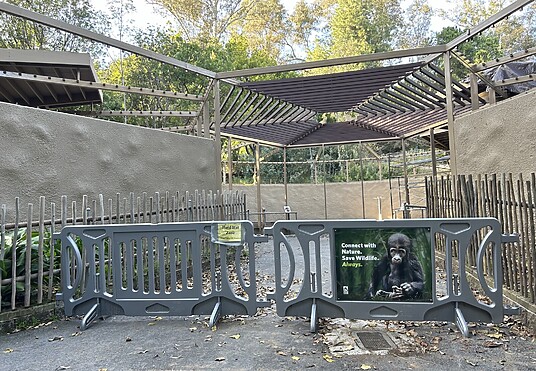Best in the Fest Industry
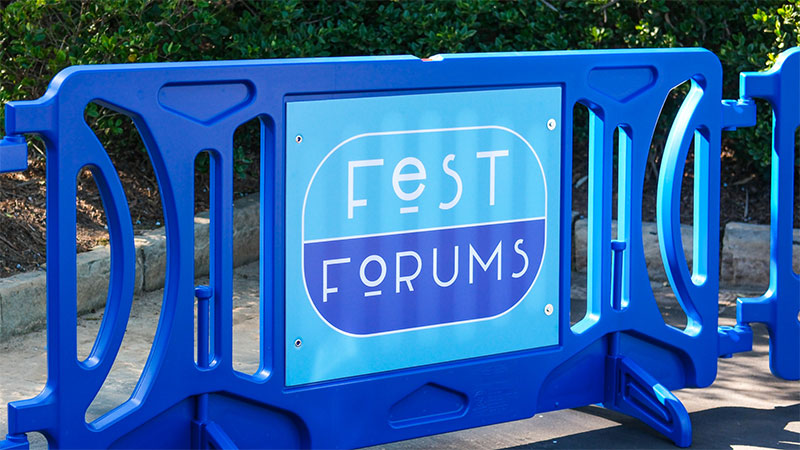
According to Forbes, FestForums is “the conference for power players in the festival space.”
Of course, we had to be there after not being in attendance for a few years. We wanted to learn with and from the best in the industry, so we made our way to Santa Barbara as 2023 FestForums event sponsors.
Between working our booth, setting up our crowd barricades, and attending the breakaway sessions, we learned so much!
OTW’s Key Takeaways
Shift from security to safety operations
Ken Deans and Rob Weekes acknowledged the need for a cultural shift from focusing solely on “security” to recognizing that all-encompassing festival safety is better centralized as a priority
The question posed to the safety and security panel was: “What are the new challenges you face in security today vs pre-pandemic?”
We can answer this question in a variety of ways. For example, post-covid, many people still feel anxious entering closed venues or large crowds. How can we help these event attendees feel comfortable enough to stay and enjoy the event?
Calm spaces (Panelist Ken Dean). Think of large nightclubs with areas where clubbers can go for a break from the crowds and loud music to sit on a couch and drink some water. Festivals can easily offer the same for those feeling anxious or overwhelmed.
This idea isn’t entirely new but in order to meet the needs of any and everyone, it does require some modifications, such as:
- a safe recovery area that doesn’t make intoxicated attendees feel watched or threatened
- an area where sexual harassment, assault, or inappropriate behavior can be reported privately
- clear resource signage
- a less crowded area where immunocompromised attendees can enjoy the event with PPE
- a sound proof, semi-private areas where attendees can stim
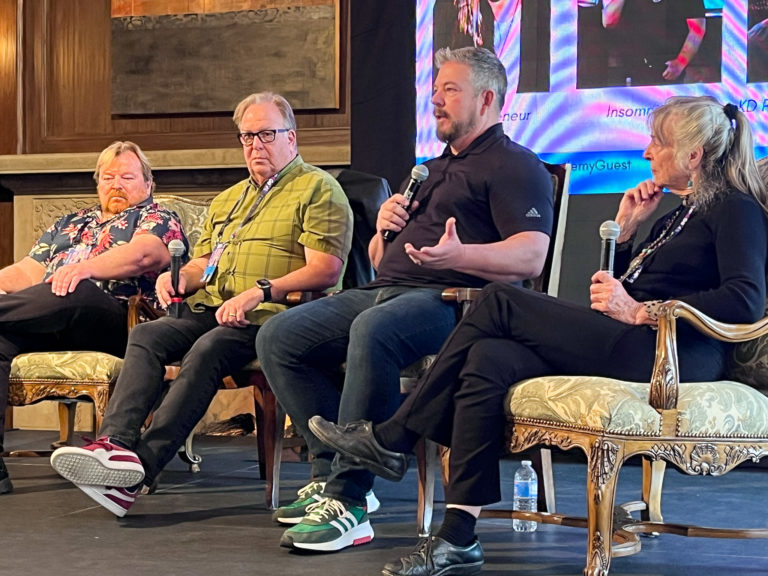
Safety on a Budget
We know that festivals of all sizes have to keep a close eye on costs, but what do you get when you build a safety plan on a restrictive budget..? Unfortunately, a restrictive safety budget often does more harm than good and inflicts major potential for lawsuits, injury, and in extreme cases, death. Even with major cost increases in the wake of the pandemic, safety cannot be an afterthought or severely restricted by budgets if guests’ safety is truly a priority.
Since 2020, many event vendors have increased their costs due to changes in regulations following the pandemic. When defining event safety budgets, don’t forget to include new event safety IT protocol such as health screening or contact tracing systems, crowd control mechanisms that suit your event (don’t skimp on this one), ample event security staffing, and more.
New technologies that can help create efficiencies in safety and security, allowing for smarter and more broader safety and security protocols to be implemented by events of all sizes. Technologies like “smart” video perimeter surveillance, or faster metal detectors can help festivals use their budgets more efficiently. Although these may seem like added costs, the attendee experience and a more standardized version of safety is paramount to the future of any event.
Standardization of Safety within the Event Industry
We have OSHA holding us accountable in the workplace and in work zones, FAA in the aviation industry – but what about the event industry which serves millions of attendees per year? How can the festival industry work with safety experts to standardize the requirements to which festival and event safety is held in the US?
Surprisingly, there are no federal safety standards within the US events industry as of 2023… and this is a problem! In order to best serve attendees, there needs to be some sort of regulation for safety requirements in the festival industry.
We have OSHA holding us accountable in the workplace and in work zones, FAA in the aviation industry – but what about the event industry which serves millions of attendees per year?
OTW Safety
Firstly, the training of safety and security personnel should be in-depth and at the same standard across the board, whether guards are volunteers or privately sourced.
Second, barricades and signage should also meet a standard set of expectations. We’ve seen many versions of “safety” at festivals, and they’re not always truly “safe”. We’ve seen festivals use mesh wrapped around stakes to delineate different areas –people easily rip through them and you’re left with an unorganized, open event. We’ve even seen rusted barricades with protruding metal legs and DIY wooden pallet fences that cause splinters and topple under any weight… with the wrong style of barricade in the wrong place, it leaves the potential to trap event attendees, which leaves no exit route in the case of severe injury or crowd crush.
It’s time to standardize safety within the event industry – and we’re not waiting. Interested in collaborating with us on this? Send us an email at becca@otwsafety.com
Diversity, Equity, Inclusion
We learned so much from the panel on mental and physical health in the event space. Where do we even begin?
At Fest Forums, we met Emma Faye Rudkin, executive director and founder of Aid the Silent. Emma is deaf and advocates for inclusion of ALL lovers of the arts, irrespective of ability. She advocates for a more inclusive approach to concerts, for example making ASL interpreters more central and accessible to the (D)deaf/HOH (hard of hearing). Even integrating it into the show itself for all people to enjoy a live signing interpretation of the performance.
As it is now, ASL interpreters are often pushed off to the side and only visible to the hard of hearing located near the front corners of the venue. This can isolate festival goers from their own friends and family attending the event with them. Emma’s organization not only advocates for visibility and inclusion at events, but also throws their own fully inclusive galas, 5k races, and concerts.
Another aspect of inclusivity within the events industry is mental health support. Mental health support and festivals are probably two words you wouldn’t hear in the same sentence. But accessible mental health support contributes to overall event experience and ease of mind at a potentially overstimulating event.
As mentioned previously, a calm or recovery space is essential to a safe festival. Having onsite mental health professionals and services takes it a step further. This is the advice of Chris Bullard of Sound Mind. Again, anxiety at large events is not uncommon. There is a lot of fear associated with crowds, such as gun safety, infectious disease, or simply overcrowding.
While safety is key, too much security can be fear-inducing to some, which can be counterproductive as an anxious crowd can lead to serious issues. If safe spaces are available, onsite mental health support can talk attendees through panic attacks in said calm spaces. These small touches demonstrate that event coordinators are thinking about the safety and wellbeing of spectators, without being overbearing.
Bullard emphasized that festivals provide an incredible opportunity to reach a vulnerable population in a moment where they are open and receptive… let’s not waste those opportunities!
Fest Forums 2023 was an incredible experience, and are honored to have been able to be present as sponsors and learners.
There were so many conversations and ideas that were shared over the course of the two days that we could fill a book(!), but we’ll leave you with the three main takeaways (discussed above) that OTW gained from this year’s event. . We are thrilled to have been a part of Fest Forums this year to learn and collaborate with leaders from the festival industry, and are looking forward with anticipation to how OTW can commit to making big changes in the overall safety of the festival world.
